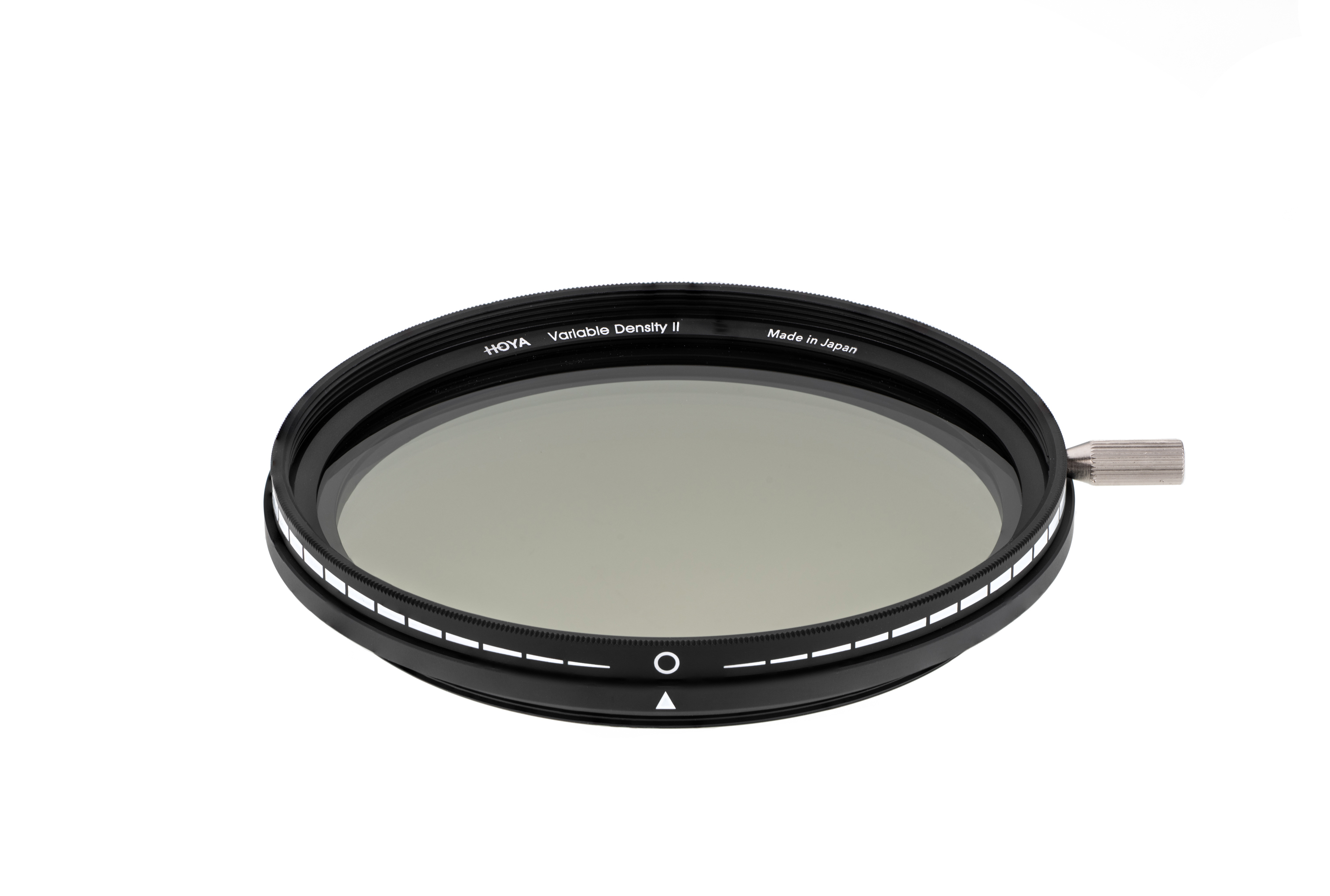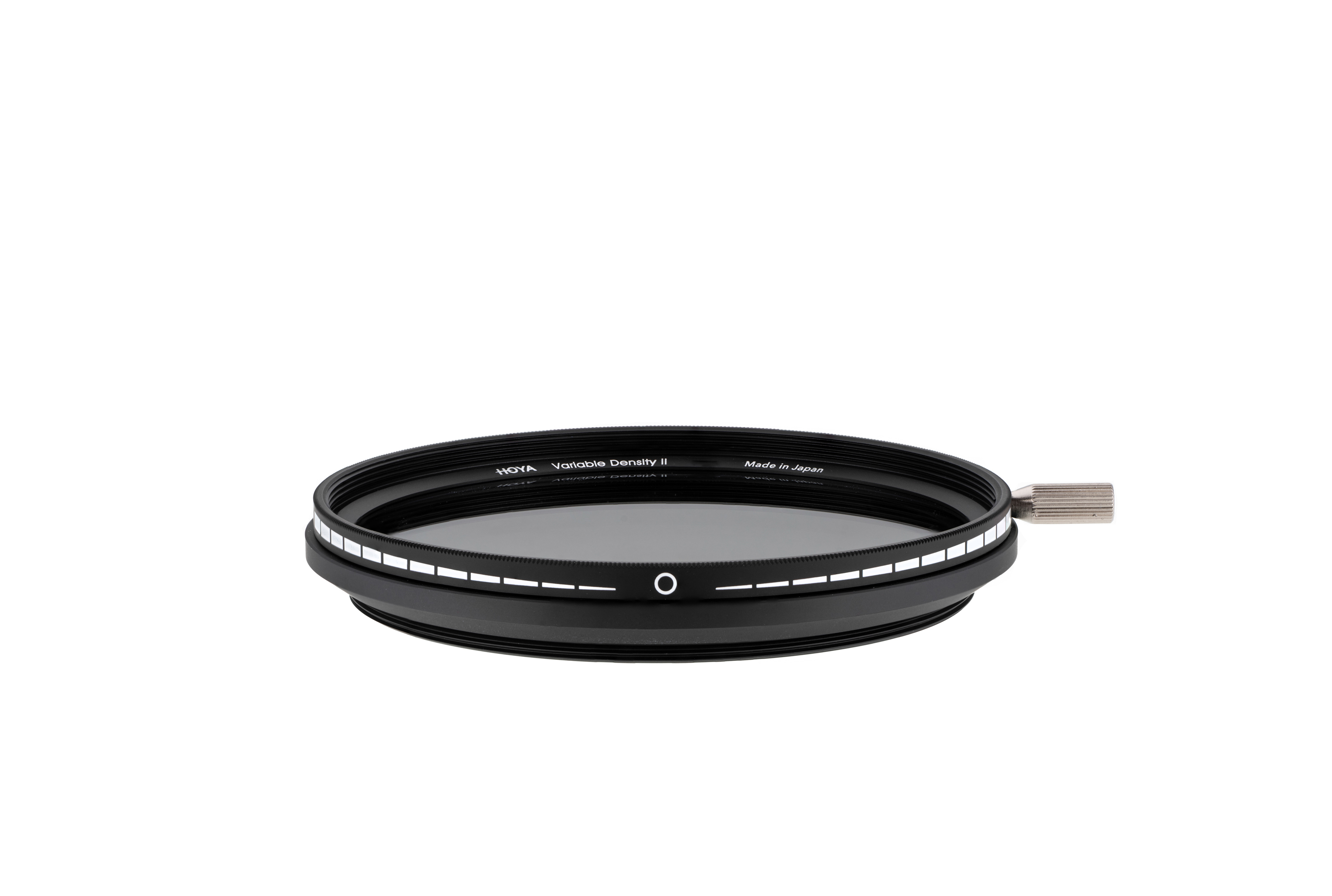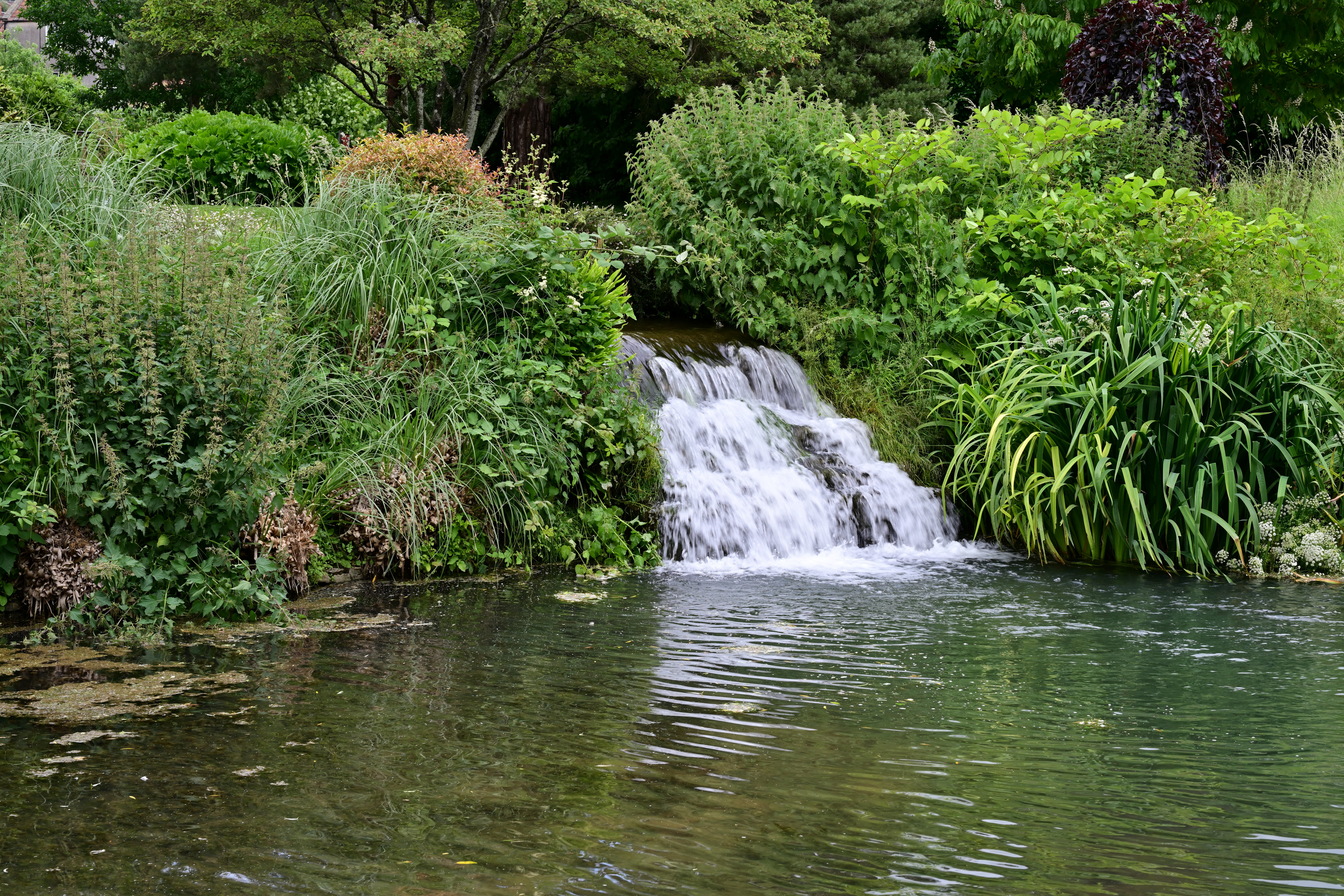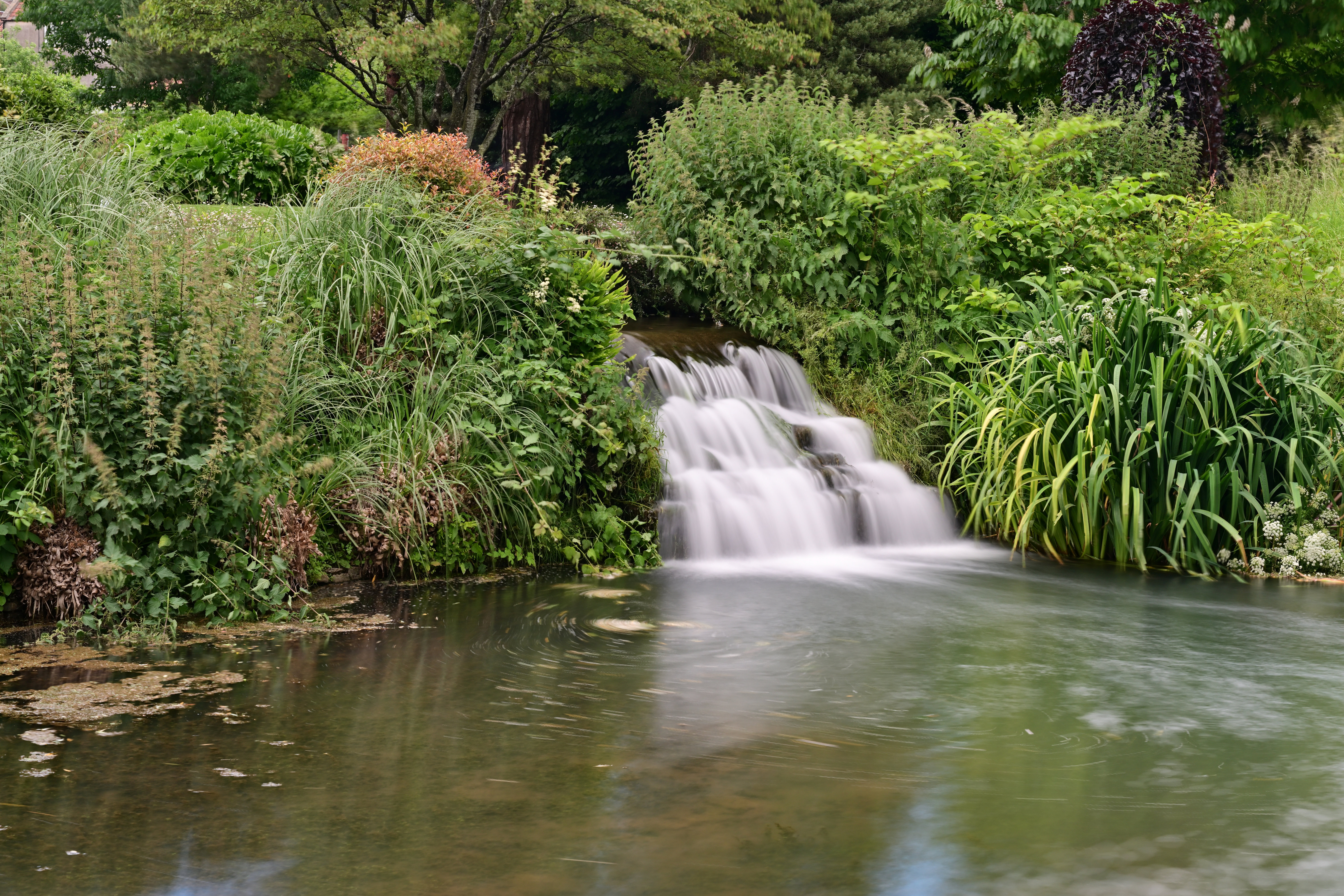Digital Camera World Verdict
Smart for stills and arguably even more useful when shooting video, variable density or ‘fader’ filters give you a range of neutral density stopping power, simply by twisting the front ring. An excellent example of the breed, this Hoya builds on the success of the original, reducing the risk of vignetting and enhancing handling with a screw-in control knob. It has a generous density range and maintains excellent image quality throughout.
Pros
- +
Powerful 1.67-8.67 f/stop range
- +
Impressive build quality
- +
Intuitive handling
Cons
- -
Quite pricey but still good value
Why you can trust Digital Camera World
Sometimes there’s just too much light. The Hoya Variable Density II cuts it down to size, enabling you to use wide apertures for a tight depth of field even in direct daylight, or dialing in long exposures to blur waterfalls and choppy watery surfaces, and even for blurring bustling pedestrians out of busy cityscape images.
Like other ‘variable density’ filters it contains two polarized elements, the front one of which rotates to give you adjustable stopping power. Like any variable density filter, there's the risk of a visible 'X' pattern if you set the strength too high or use a wide focal length, so these filters don't replace strong ND filters for long-exposure photography – but they are very useful in video, for adapting to changes in lighting without having to change the shutter angle (shutter speed) or iris (aperture) setting. A variable ND filter won't change the 'look' of your video mid-clip and won't create obvious step-changes in exposure.
Specifications
Filter type: Round, screw-in
Size range (mm): 52, 55, 58, 62, 67, 72, 77, 82
Frame material: Aluminum, black anodized
Filter material: Glass/PL film
Density range: 1.67 to 8.67 f/stops
ND filter factor: 3-400
Key features
A variable density filter is effectively two filters in one. Both elements are polarized, the rear one is fixed and the front one rotates. As you rotate one element in relation to the other, the effective density of the filter is increased or decreased, so it basically becomes darker or lighter. To keep things simple, this Hoya comes with a triangle symbol on the rear section of the frame, and both 0 and X symbols on the front section, separated by a volume scale.
This makes it easy to pick a starting point of least density, aligning the triangle and 0, and working your way up the density scale to where X marks the spot of greatest resistance. There’s a generous range of ND3 to ND400 on tap, which equates to 1.67 to 8.67 f/stops. However, there are limitations, which we’ll come to later.

Build and handling
The Mark II edition of the filter is reengineered with a larger-diameter front element. Along with a low-profile design, this reduces the risk of vignetting, especially when using wide-angle lenses. A small screw thread is also added to the side of the front section of the frame, into which you can insert the small, knurled knob that’s supplied with the filter. This makes handling easier and, especially when shooting video, avoids the risk of getting your fingers in the shot when adjusting the filter’s density.
Build quality and handling are very good overall. The aluminum frame feels sturdy and robust, and the rotation mechanism has a smooth and fluid feel.

Performance
In our tests, the filter performed very well throughout its entire density range, with negligible impact on sharpness, contrast and color rendition. As with any variable density filter, you have to be careful not to go beyond the maximum limit. If you do, you’ll get the typical cross-polarization effect, which shows up as a darkened area in the shape of an ‘X’ across the image frame.
And while the nominal maximum density is equivalent to 8.67 f/stops, cross-polarization can become a problem at lesser densities when using wide-angle lenses of focal lengths shorter than 28mm, in full-frame terms. Again though, that’s entirely normal for a variable density filter.
Sample images

This pair of shots taken with and without the filter show the effect of lengthening the exposure time

This pair of shots taken with and without the filter show the effect of lengthening the exposure time
Verdict
Smart for stills and arguably even more useful when shooting video, variable density or ‘fader’ filters give you a range of neutral density stopping power, simply by twisting the front ring. An excellent example of the breed, this Hoya builds on the success of the original, reducing the risk of vignetting and enhancing handling with a screw-in control knob. It has a generous density range and maintains excellent image quality throughout.
Matthew Richards is a photographer and journalist who has spent years using and reviewing all manner of photo gear. He is Digital Camera World's principal lens reviewer – and has tested more primes and zooms than most people have had hot dinners!
His expertise with equipment doesn’t end there, though. He is also an encyclopedia when it comes to all manner of cameras, camera holsters and bags, flashguns, tripods and heads, printers, papers and inks, and just about anything imaging-related.
In an earlier life he was a broadcast engineer at the BBC, as well as a former editor of PC Guide.



